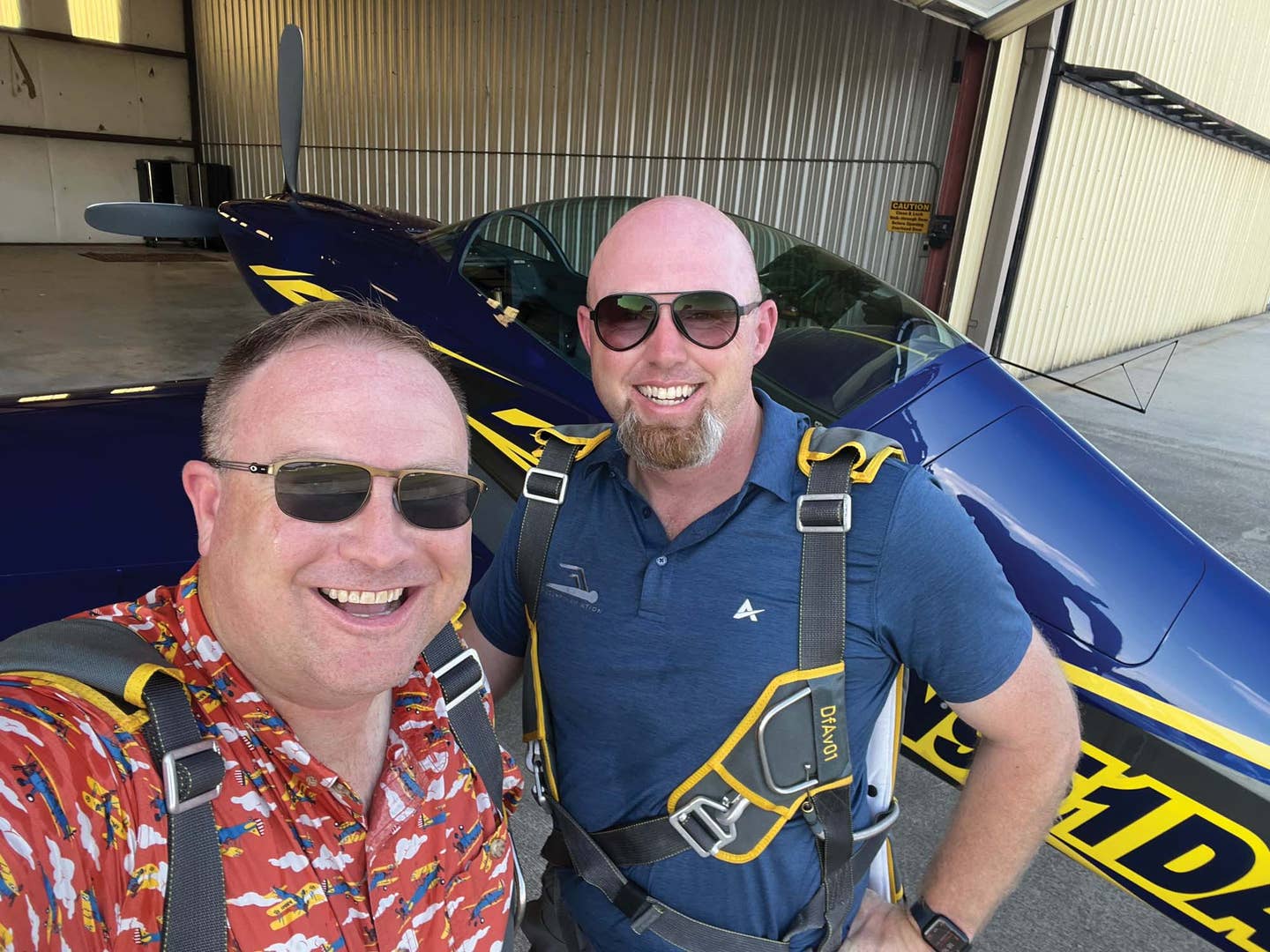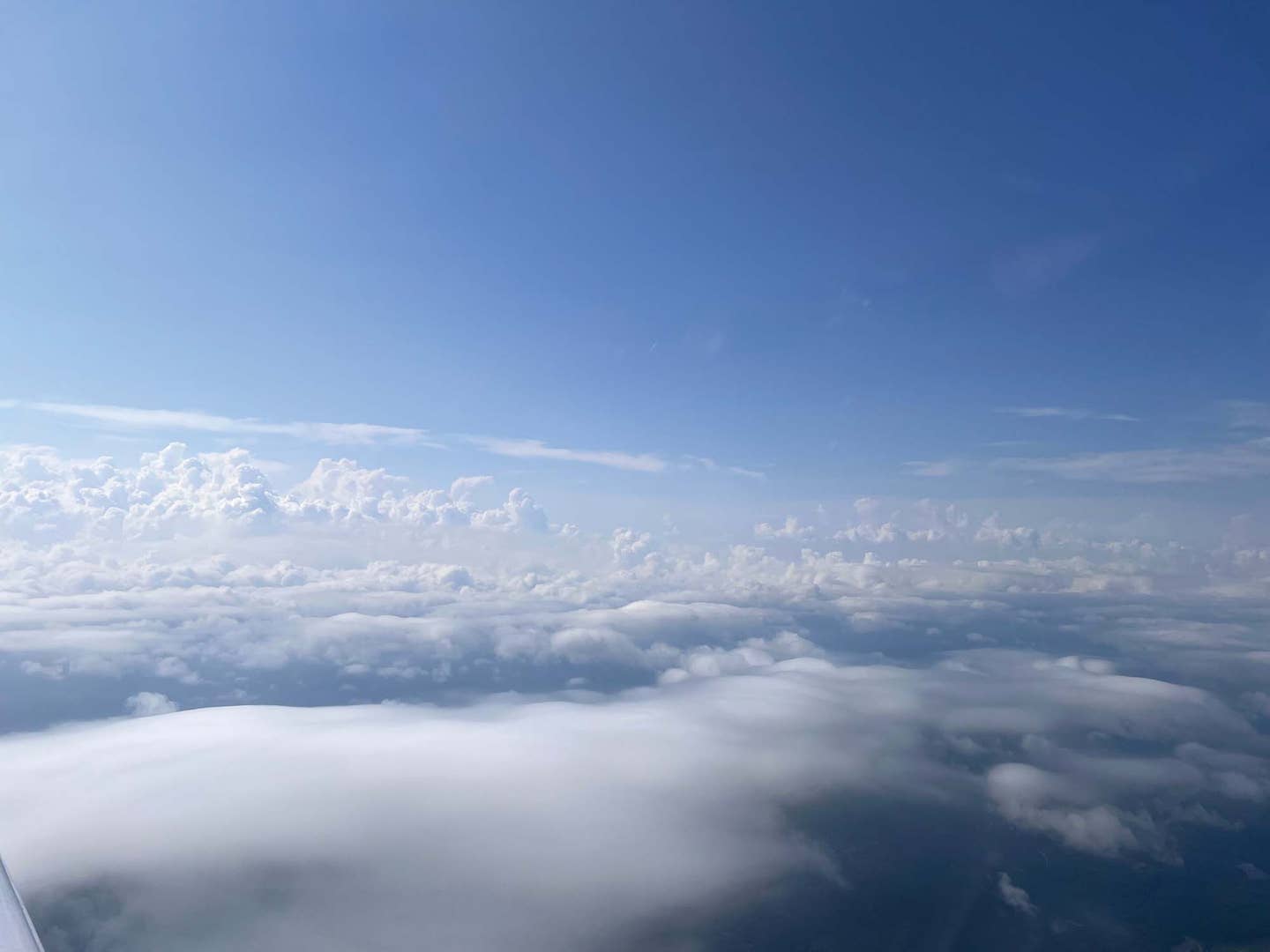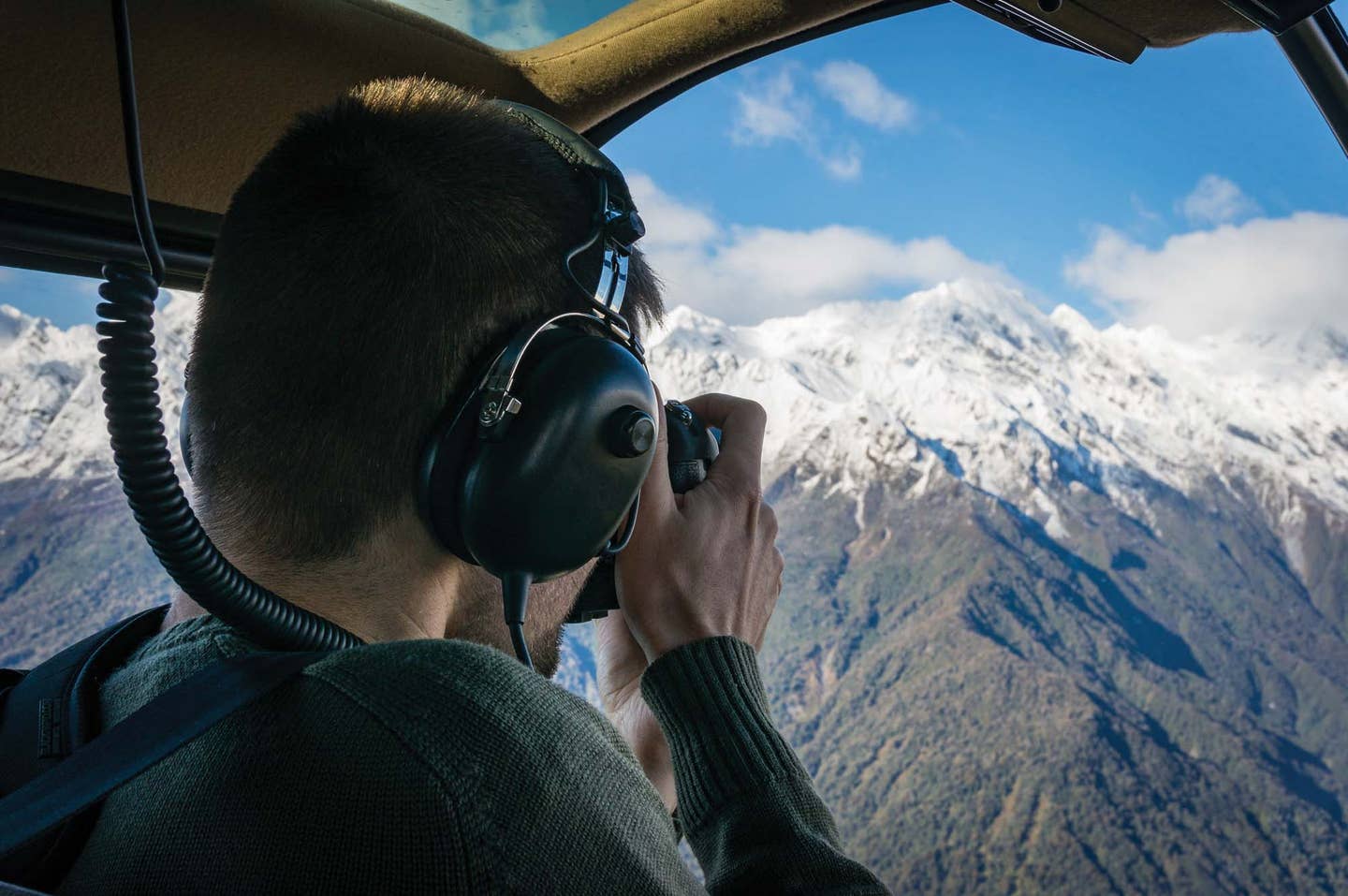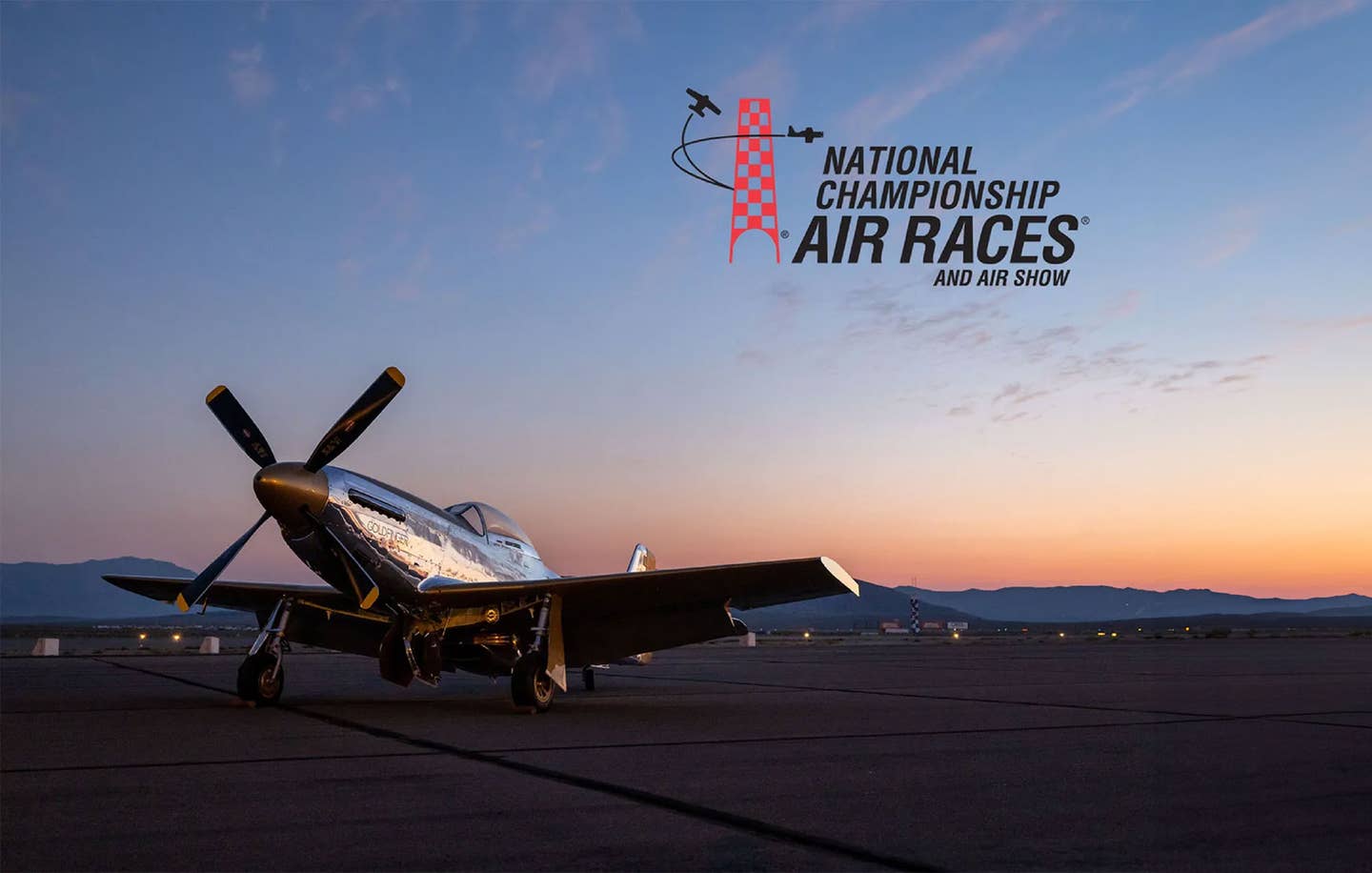A Full-Circle Celebration
Time in a GameBird awakens the aerobatic pilot in me.

Photo: Jeremy King
As we climbed into the practice area, I wiggled the wings a little, still mesmerized at how much power lay at my fingertips.
Even at 60 knots over VY, we were still climbing at a rate that would shock the private students we’d just left below and behind in the pattern. With each wiggle and movement, the airplane bobbed accordingly, just dying to do something other than the relatively gentle climb I’d commanded for the last three minutes. Then I spoke one of my favorite phrases, one that I hadn’t voiced in the better part of a decade:
“Ready for a seat belt check?”
From the back seat, my buddy J.D. Lambeth didn’t hesitate. “Yep.”
I popped the nose up just a hint, released the back pressure, and then the horizon blurred as I rolled us inverted and pinned the nose above the horizon with just a hint of forward stick. For a second I kicked myself— no clearing turns— then I remembered what I was flying. Big bubble canopy. Unobstructed view. This roll to inverted is my clearing turn. I took a moment and scanned across the horizon, now enjoying a beautiful view of the ground above my head, before I gave that little nudge of forward stick and again blurred the horizon as we rolled upright.
“Time to ratchet on in,” I said. No matter how tight you get the belts on the ground, the first bit of negative G seems to introduce some amount of looseness that wasn’t there before. We both cranked a few clicks on the lap belts before I did anything else.
The giggling intensified and over the next 35 minutes the only thing that interrupted my stream of schoolboy-level laughter was occasionally calling out the next figure I’d fly so as to not surprise J.D. And occasionally there was a grunt or groan as my body began remembering what it was like to thumb one’s nose at the notion that gravity is an unwavering value.
I was strapped into the front seat of a Game Composites GB1 GameBird. Two weeks prior, I’d watched one dazzle the crowd at EAA AirVenture, and now I was in the hot seat.
I grew up flying aerobatic airplanes—but they were nothing like this. The Lycoming 580 out front was pushing out better than 300 hp. Giant ailerons could whip the world around me with a 400-degree roll rate, and the thing would tolerate plus or minus 10 Gs, breaking yours truly long before any structure failed.
Here’s the thing. I love aerobatics, but I have no desire to compete or perform in airshows, so there’s absolutely zero need for me to fly precise lines with sharp angles in the corners. A loop? Sure. It’ll look more like an “e” than an “o,” but when the ground is thousands of feet below and nobody’s keeping score, it doesn’t matter a whit.
So as I began a Cuban eight, my 3G pull was fine enough for what I wanted to do. We came over the top and I parked on the downline, with my heels on the horizon for a second before rolling upright and repeating the maneuver all over again. I flew a hammerhead turn, and it felt like I’d established residence on the upline and could register to vote at the top before a boot-load of left rudder smartly pivoted us back around for a quick trip downhill.
In the Zlins, Citabrias, and Bückers, energy management over an aerobatic sequence was paramount. Carefully sequencing figures to keep from losing speed and altitude was as much work as flying the rolls, loops, and spins themselves. In the GameBird, I was constantly climbing as I frolicked.
Almost everything I did was imperfect. My absence from the aerobatic box for so long meant that my G tolerance was gone. As for my feet, a couple thousand hours of flying Airbus products pretty much rendered them useless for the first few figures as they began to wake from their long slumber. After I’d looped and rolled—and rolled, rolled, and rolled—to my heart’s content, I wiggled the stick.
“Show me what this thing is built for, J.D.,” I said.
As we tumbled across the sky, my logbook ticked right up to a landmark: 10,000 hours total time. And as the nines lined up on that paper odometer of experience, this was as much of a full-circle celebration as one could concoct.
Just a few hours after I landed from my first flying lesson, my friend David Mitchell took me up in his Cub, armed with a few rolls of toilet paper, and I learned early on that flying airplanes is fun and that lesson has stuck with me for a tad over 30 years.
Late in high school, I fell into cahoots with some airshow performers, and while helping create and maintain their websites and airplanes, they let me fly some really fun machines. Despite it being nearly a decade since I’d last strapped into an aerobatic bird to tear up the sky, I still identified as an aerobatic pilot every bit as much as when I was daydreaming in high school calculus and tumbling my pencil over my desktop in rolling circles and Lomcevaks as I mentally built aerobatic sequences that I flew in imagination far more often than I’d get to do in the actual aircraft.
My choice of school and instructor was also a full-circle moment. I may have shocked the instructor who answered the phone when I called to schedule the flight.
“Hey, my name is Jeremy, and I’d love to schedule a flight in the GameBird.”
“That’s great. We can do that. Do you have any flying experience?”
I paused for a long second. “Yep.” The instructor on the other end of the call just waited. “This is to celebrate hitting 10,000 hours.”
“OK, let me check the schedule. Our owner is the only instructor who can teach in the GameBird at the moment. He’ll be back in town next Wednesday. Will that work for you?”
“Yep.”
“Do you have any aerobatic experience?”
Again, I paused as I pondered how to answer this one without really coming across like a jerk. I gave up and fired with all available firepower: “I taught your school’s owner how to do an aileron roll in 2003.”
Lambeth and his wife, Heidi, own Dragonfly Aviation in Winder, Georgia. J.D. and I worked at a flight school together in 2003, where he was a brand-new CFI and I was a young mechanic. We both wound up flying at the same regional airline. When it began to collapse, he bailed out and went all-in on the flight school that he and Heidi had started.
Dragonfly Aviation is a great story on its own, a solid independent flight school where I’ve sent a few friends to knock out ratings when their local flight schools came up short on multiengine or complex aircraft.
When Lambeth told me he’d ordered a GameBird at last year’s Reno Air Races, I was astounded—both that his school could swing such an aircraft and that it was an insurable combination. I swore I’d be one of his first customers. As luck turned out, I was his first aerobatic customer —one other client had been the first to fly with J.D. in the GB1, but that was just for spins.
As much as I’d love to say it was a quick refresher and that I left feeling like I’d never taken a break from aerobatics, that would be a bigger fib than any rainy-day FBO couch flying tale I’ve ever spun.
I wasn’t in great danger of hurting myself or the machine, but after 30 minutes I was exhausted and the flying wasn’t sharp. If anything, it taught me that as time goes on my skills and strengths have shifted.
At one time I mainly flew solo, VFR, as a stick-and-rudder aviator. As my career progressed, the skills have shifted from seat-of-the-pants to team coordinator, from aerobatics to mental gymnastics, and from flying like there’s nobody watching to knowing that you can’t crash an airplane without multiple cameras capturing the event.
The GameBird is hands down the most expensive hourly aircraft rental I’ve done to date. The good news is that when she wears you out in less than an hour, she’s still a cheap date—my 0.7 logged was about what you’d pay for an afternoon of touch-and-goes in a rental Skyhawk these days.
I’ll tell you that time was more memorable than any amount I’ve spent in the pattern at the controls of a spam can.

Subscribe to Our Newsletter
Get the latest Plane & Pilot Magazine stories delivered directly to your inbox






